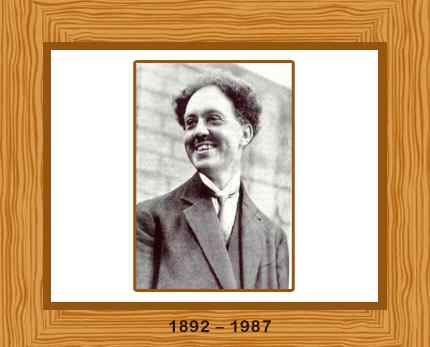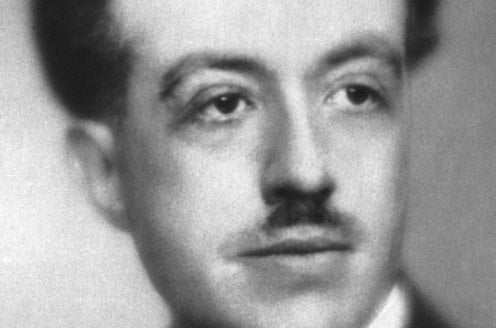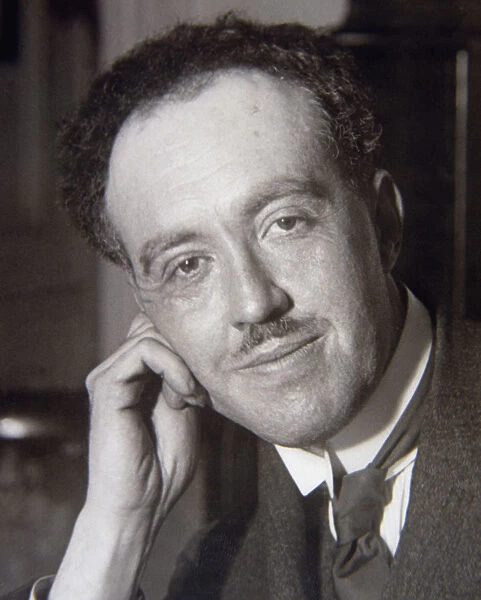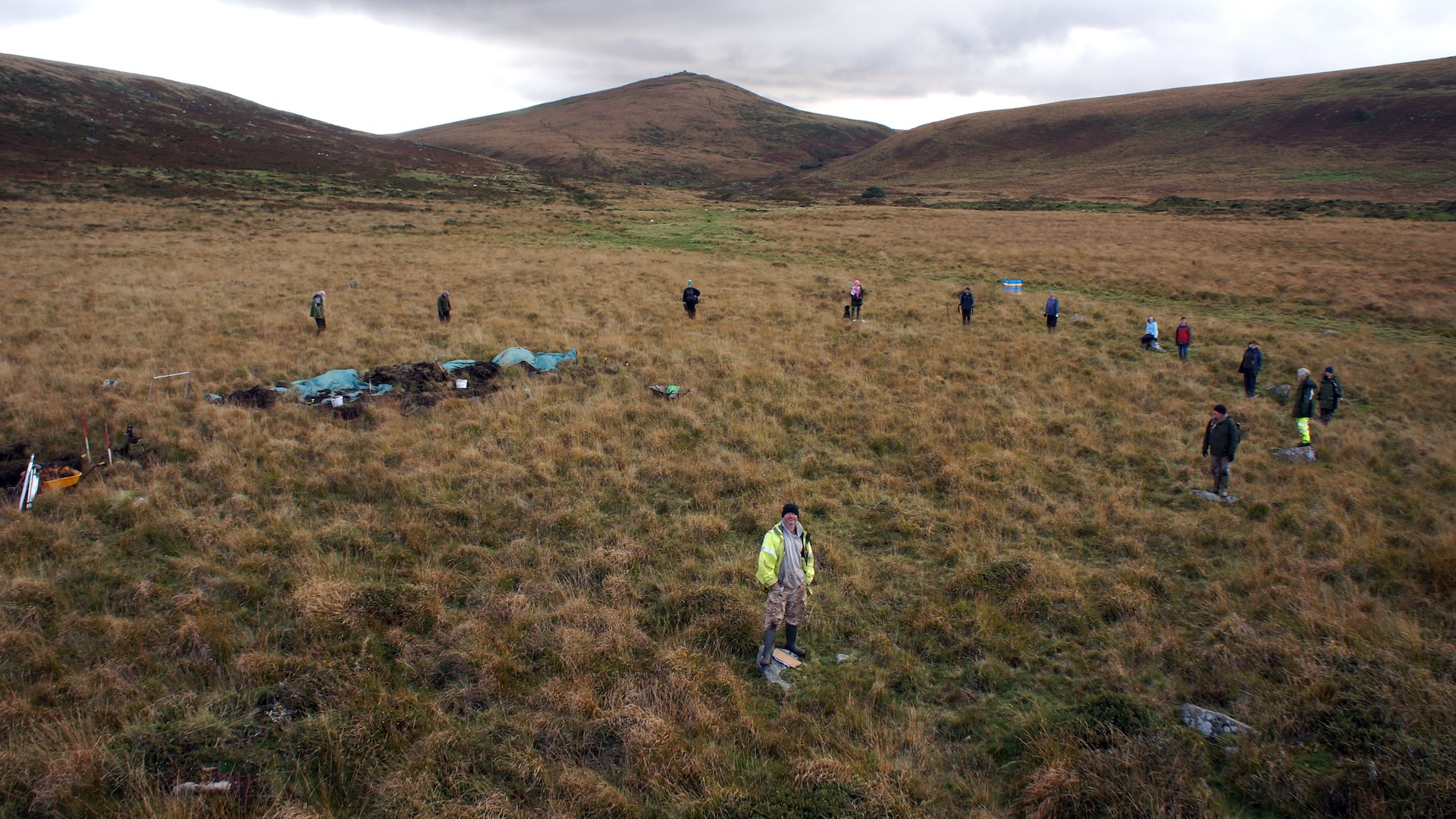Louis de Broglie: The Architect of Wave-Particle Duality
In the realm of quantum mechanics, the name Louis de Broglie stands prominently as a trailblazer who redefined our understanding of the microscopic world. His groundbreaking insight into wave-particle duality not only altered the course of modern physics but also laid the foundation for the quantum revolution. Born into an illustrious French aristocratic family, Louis Victor Pierre Raymond de Broglie embarked on a journey that would bridge the classical and quantum worlds, igniting a scientific spark that illuminates the complexities of the universe to this day.
The Early Life and Education of Louis de Broglie
Louis de Broglie was born on August 15, 1892, in Dieppe, France, into a family with a long history of noble distinction. With his brother Maurice, who was already an established physicist, serving as a role model, Louis was naturally drawn to science from an early age. However, he initially showed an interest in the humanities and pursued a degree in history. It wasn’t until he encountered the profound questions of physics that de Broglie shifted his focus to the world of atoms and particles.
Enrolling at the Sorbonne in Paris, de Broglie immersed himself in the study of physics. It was a time when the landscape of physics was undergoing a seismic shift, with figures like Albert Einstein and Niels Bohr challenging established norms. De Broglie’s academic pursuits exposed him to the interplay of new and old theories, setting the stage for his revolutionary contribution to science.
The Wave Nature of Electrons
In the early 20th century, physics was dominated by the dual nature of light, as evidenced by the theory of electromagnetism and the work of Max Planck and Albert Einstein on the photoelectric effect. This duality, which depicted light behaving as both a wave and a particle, inspired de Broglie’s radical hypothesis: Could particles, like electrons, exhibit wave-like behavior as well?
In 1924, de Broglie presented his doctoral thesis, which introduced the concept of matter waves, or what we now refer to as wave-particle duality. He proposed that every particle, particularly electrons, has an associated wavelength, directly proportional to Planck’s constant and inversely proportional to its momentum. His equation, λ = h/p, where λ is the wavelength, h is Planck’s constant, and p is the momentum, elegantly bridged the gap between the mechanical and electromagnetic views of matter.
De Broglie’s hypothesis suggested that all matter possesses both particle and wave characteristics—much like light. This bold proposition fundamentally challenged the classical notion of particles having a definitive trajectory and introduced a probabilistic framework essential for the burgeoning field of quantum mechanics.
Validation and Impact
Louis de Broglie’s revolutionary idea was not initially met with universal acceptance but soon gained empirical support. In 1927, the Davisson-Germer experiment provided the first experimental validation of de Broglie’s theory. American physicists Clinton Davisson and Lester Germer, through their experiments on electron diffraction, confirmed that electrons could indeed exhibit wave-like properties when interacting with a crystalline structure. This experimental breakthrough provided critical evidence for wave-particle duality, cementing de Broglie’s hypothesis as a cornerstone of quantum mechanics.
The implications of de Broglie’s theory were profound, pushing the boundaries of theoretical physics and paving the way for further advancements. His work laid the groundwork for Erwin Schrödinger's wave mechanics, a key formulation of quantum theory that describes how the quantum state of a physical system changes over time. Schrödinger’s wave equation built upon de Broglie’s insights, offering a mathematical framework that could predict the behavior of quantum systems.
A Nobel Legacy
In recognition of his monumental contributions to the field of quantum mechanics, Louis de Broglie was awarded the Nobel Prize in Physics in 1929. At the young age of 37, he became the first person to receive the award for a doctoral thesis. The accolade underscored the significance of de Broglie’s insight into the dual nature of matter and light, and highlighted the thesis as a turning point in the understanding of quantum phenomena.
Beyond his Nobel Prize-winning work, de Broglie's intellectual curiosity continued to shape his career. His later endeavors encompassed areas such as atomic physics, nuclear energy, and even the philosophy of science. De Broglie remained an influential figure in the scientific community, advocating for the interpretation of quantum mechanics and exploring the philosophical implications of his discoveries.
As we delve deeper into the life and work of Louis de Broglie, it becomes clear that his contributions transcend the boundaries of physics. His revolutionary ideas not only redefined fundamental concepts but also inspired generations of scientists to question, explore, and uncover the mysteries of the universe. Join us in the next part of this exploration as we delve into his later years and ongoing influence in the scientific world.
The Philosophical Dimensions of Wave-Particle Duality
The scientific contributions of Louis de Broglie extend beyond technical insights into the very philosophical nature of reality. One of the most profound aspects of his work was the recognition of the inherent duality present in the fundamental particles that constitute matter. This philosophical undercurrent raised questions about the deterministic universe postulated by classical mechanics, prompting a reevaluation of our understanding of nature.
De Broglie grappled with the implications of his discovery, recognizing that the wave-particle duality posed a paradox at the heart of physics. It suggested a universe where certainty was replaced by probability and deterministic laws were substituted with probabilistic interpretations. This shift necessitated a new way of thinking about the nature of reality, one where the observer played an intrinsic role in the phenomena being observed. Such ideas interacted deeply with the Copenhagen interpretation of quantum mechanics, which further explored the observer's role in the manifestation of reality.
While de Broglie's ideas initially faced resistance, they eventually catalyzed a new philosophical dialogue within the scientific community, challenging existing paradigms and setting the stage for the exploration of quantum mechanics' fundamental principles. The philosophical implications of his work continue to resonate, prompting ongoing debates about objectivity, reality, and the limits of human understanding.
De Broglie's Pilot-Wave Theory
After the initial reception of his wave-particle hypothesis, de Broglie remained committed to understanding the mechanics underlying wave-particle duality. In 1927, he proposed an alternative interpretation of quantum mechanics known as the "pilot-wave theory." This interpretation was an attempt to reconcile the probabilistic nature of quantum mechanics with classical determinism.
De Broglie’s pilot-wave theory suggested that particles are guided by a deterministic wave, akin to a pilot steering a ship through the ocean. This wave, a real and physical entity, directs the movement of the particle, thus maintaining determinism at a fundamental level. The theory posited that the probabilistic nature of quantum mechanics could be an emergent property rather than an intrinsic feature of the universe.
However, the pilot-wave interpretation struggled to gain traction, overshadowed by the more widely accepted Copenhagen interpretation. Despite this, de Broglie's ideas found renewed interest years later, inspiring other physicists such as David Bohm to further develop the concept. Bohm's work, known as the de Broglie-Bohm interpretation, introduced non-locality to the theory and provided a coherent framework for understanding quantum phenomena from a deterministic perspective.
Lifelong Influence and Advancements
Louis de Broglie’s passion for physics continued unabated throughout his life. As a professor at the University of Paris from 1928 onward, he dedicated himself to teaching and research, mentoring a new generation of scientists. His influence extended into various domains of physics, covering topics as diverse as atomic theory, quantum field theory, and the application of quantum mechanics in technological innovations.
In addition to his role as an educator, de Broglie contributed significantly to the development of quantum theory. He worked on advancements in wave mechanics and explored the connections between wave theory and the uncertainty principle. These investigations further enriched the theoretical landscape of physics, enabling deeper insights into both micro- and macroscopic phenomena.
De Broglie's persistent exploration also included ventures into the realms of nuclear physics and energy research. His contributions to the study of nuclear reactions and the principles of fission and fusion played a crucial role in the advancement of these fields. By merging theoretical insights with practical applications, de Broglie demonstrated the profound impact of fundamental research on technological progress.
The Continuing Legacy of De Broglie's Work
Even after his passing in 1987, the legacy of Louis de Broglie endures. His pioneering work on wave-particle duality remains a foundational aspect of quantum mechanics, influencing both theoretical research and practical applications. From quantum computing to nanotechnology, the principles he uncovered continue to underpin innovations that shape the modern world.
De Broglie's influence also extends to the philosophical debates surrounding quantum mechanics. His insights continue to inspire discussions about determinism, causality, and the nature of scientific inquiry. While the philosophical implications of his work provoke ongoing debate, they also serve as reminders of the complexity and beauty inherent in the natural world.
Moreover, de Broglie's contributions have fostered a culture of curiosity and exploration. His ability to bridge diverse ideas and challenge established norms exemplifies the spirit of scientific inquiry. As researchers and thinkers delve into the mysteries of quantum mechanics, they stand on the shoulders of giants like Louis de Broglie, whose vision reshaped the contours of modern science.
In the forthcoming part of our exploration, we will delve deeper into de Broglie's broader impact on technology and society, examining how his breakthroughs continue to influence scientific advancements and philosophical thought. Stay with us as we uncover the lasting imprint of this remarkable physicist on both our understanding of the cosmos and our technological progress.
De Broglie's Influence on Modern Technology
The principles discovered by Louis de Broglie have permeated deeply into the fabric of modern technology, laying the groundwork for advancements unimagined in his time. The concept of wave-particle duality, in particular, has been instrumental in the evolution of technologies that harness the peculiarities of quantum mechanics. One notable application is the development of electron microscopy. By leveraging the wave nature of electrons, electron microscopes achieve resolutions far superior to those of traditional optical microscopes, offering unprecedented insights into the structure and behavior of materials at the atomic scale.
Additionally, de Broglie’s ideas continue to shape the burgeoning field of quantum computing. The principles of superposition and entanglement, rooted in the dual nature of matter, are central to the operation of quantum computers. These revolutionary devices promise to transcend the limitations of classical computing, solving complex problems in fields ranging from cryptography to materials science with unparalleled efficiency. As researchers strive to unlock the full potential of quantum computation, de Broglie's foundational contributions remain instrumental in the quest for practical quantum algorithms and architectures.
Impact on Scientific Collaboration and Interdisciplinary Research
Louis de Broglie's influence extends beyond his direct contributions to physics, fostering a spirit of scientific collaboration and interdisciplinary research. His ability to navigate between theoretical exploration and experimental verification exemplifies the collaborative ethos required for scientific progress. This blend of theory and experiment is a hallmark of modern scientific inquiry, driving advancements across varied disciplines.
De Broglie’s work also illustrates the importance of interdisciplinary connections. By integrating mathematical frameworks with physical theories, he demonstrated the power of uniting distinct fields to achieve breakthrough innovations. This interdisciplinary approach continues to inspire modern scientists, encouraging collaborations between physicists, mathematicians, engineers, and computer scientists. Such partnerships enable the development of innovative solutions to complex challenges, from developing new materials to understanding the intricacies of biological processes at the quantum level.
Moreover, de Broglie's intellectual curiosity and openness to novel ideas underscore the importance of nurturing a diverse scientific community. His legacy encourages embracing diverse perspectives and fostering environments where unconventional ideas can flourish, contributing to a richer and more comprehensive understanding of the natural world.
The Philosophical and Societal Reflections of De Broglie's Legacy
The legacy of Louis de Broglie reverberates not just through scientific advancements but also within philosophical and societal spheres. His insights into the probabilistic nature of quantum mechanics incited profound philosophical inquiries about the deterministic nature of the universe. As thinkers grappled with questions of predictability and causality, de Broglie's work served as a catalyst for reconsidering classical views of the cosmos.
The philosophical ramifications extend to our understanding of knowledge, observation, and reality. De Broglie's wave-particle duality raises questions about the role of the observer in scientific phenomena and the limitations of human perception in comprehending the universe. These reflections have permeated philosophical discourse, provoking dialogues about the construction of knowledge and the interplay between observer and observed.
On a societal level, de Broglie's contributions remind us of the enduring power of fundamental research. His pioneering ideas underscore the importance of supporting basic scientific inquiry as a means of driving technological advancement and societal progress. The transformations fostered by his discoveries underscore the potential for foundational research to address societal challenges, from energy sustainability to advanced materials and beyond.
Concluding Thoughts on the Legacy of Louis de Broglie
As we conclude our exploration of Louis de Broglie's remarkable legacy, it becomes evident that his contributions transcend the confines of physics, influencing diverse aspects of science, philosophy, and technology. His pioneering work on wave-particle duality not only redefined the fundamental nature of particles but also inspired a culture of scientific curiosity and interdisciplinary collaboration.
De Broglie’s life and work exemplify the power of visionary thinking, demonstrating how the audacity to challenge established norms can lead to profound advancements that shape our understanding of the world. Today, his theories continue to form the bedrock of quantum mechanics, influencing everything from cutting-edge technology to philosophical considerations of reality.
As we advance into an era defined by rapid technological change and scientific exploration, the legacy of Louis de Broglie serves as a guiding beacon. His insights remind us of the intrinsic value of pursuing knowledge for its own sake, echoing the timeless spirit of discovery that drives humanity to explore, innovate, and understand the cosmos in ever-deepening ways. Through his enduring contributions, de Broglie's impact will continue to inspire future generations of scientists and thinkers, unlocking the mysteries of the universe for years to come.












Comments